UNITED STATES PAVILION – 13TH INTERNATIONAL ARCHITECTURE EXHIBITION – LA BIENNALE DI VENEZIA
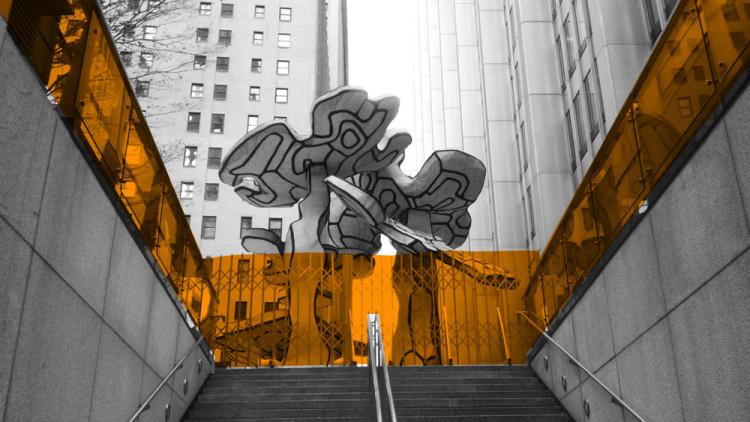
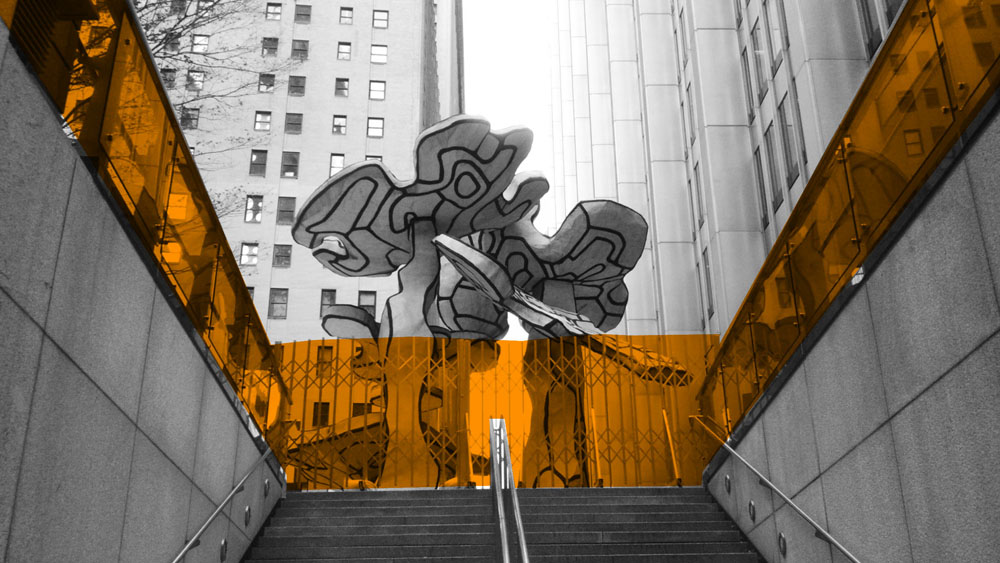
SpontaneousInterventions: Design Actions for the Common Good
United States Pavilion
13th International Architecture Exhibition – la Biennale di Venezia
The U.S. Pavilion at the 13th International Architecture Exhibition – La Biennale di Venezia, organized by the Institute for Urban Design on behalf of the U.S. Department of State’s Bureau of Educational and Cultural Affairs, is devoted to the theme SpontaneousInterventions: Design Actions for the Common Good.
The exhibit features 124 urban interventions initiated by architects, designers, planners, artists, and everyday citizens that bring positive change to their neighborhoods and cities.
The selection was narrowed down after a search process that included an open call for projects realized in U.S. cities in recent years, which yielded over 450 submissions.
SpontaneousInterventions captures one of the most compelling contemporary urban trends, wherein individuals are taking it upon themselves to create projects that expand the amenities, comfort, functionality, inclusiveness, safety, and sustainability of cities.
From parklets to community farms, guerrilla bike lanes to urban repair squads, outdoor living rooms to pop-up markets, sharing networks, and temporary architecture, Spontaneous Interventions highlights viable citizen-led alternatives to traditional top-down urban revitalization tactics. Together, these projects offer an opportunity to examine the history of the American city, painting a critical and dynamic portrait of its most pressing issues today and a vision of its future. At heart, SpontaneousInterventions is a reflection of country’s complex attitudes towards civic participation, social justice, and the built environment.
SpontaneousInterventions—curated by Cathy Lang Ho (Commissioner and Curator), David van der Leer, and Ned Cramer (co-curators)—resonates on many levels with the overall theme of the Biennale, conceived by director David Chipperfield, Common Ground. The projects featured in Spontaneous Interventions are characterized by their interest in collaboration, in serving the collective needs of a community, and in improving the literal common ground— public space. The exhibition examines how urban actions that originated as radical ideas have moved ever closer to the center, evolving from subversive tactic to increasingly accepted urban strategy.
Curatorial Advisors: Michael Sorkin, Anne Guiney, Paola Antonelli, Zoe Ryan, and Erik Adigard. Project managers: Gordon Douglas and Mimi Zeiger.
EXHIBITION FEATURES
For the first time, the U.S. Pavilion will feature an installation rather than a conventional exhibition of projects. Brooklyn design studio Freecell, founded by Lauren Crahan and John Hartmann, conceived of a lively system of banners to present an archive of 124 actionable tactics aimed at bringing immediate improvements to the urban public realm.
Sausalito-based communication design studio M-A-D, led by Erik Adigard and Patricia McShane, designed a graphic system for each project that evokes the iconography of city flags and a supergraphic floor pattern, which is an installation in itself. The intention was to create an enveloping environment that places the projects of Spontaneous Interventions in a broader historical and cultural context of the evolution of cities, in the United States in particular. Adigard is this year’s recipient of the Rome Prize in Design.
In a video installation by filmmaker Kelly Loudenberg, a cross section of exhibition participants share their hopes, dreams, and concerns for the future of the American city. Attuned to the fact that it is an election year in the U.S., participants were asked to speak as if they are running for office or advising their elected officials.
Brooklyn-based studio Interboro, winner of last year’s MoMA/PS1’s Young Architects Program, has designed an “outdoor living room” that will serve as the pavilion’s hangout and workshop space. The space, dubbed CommonPlace, will feature movable components that allow it to be easily reconfigured to accommodate various functions (informal conversations, lectures, workshops, and play space). During the three months of the Biennale, the Pavilion will host a lively series of programs. (For details, see the separate release on programming.)
The Imagination Playground, designed by the New York–based Rockwell Group and featured in SpontaneousInterventions, will also appear in A Better World, a collateral Biennale event organized by Microclima and Alfred von Escher/Studio427 at the Serra dei Giardini, a 19th century greenhouse recently renovated into a café, garden nursery, and community space operated by the cooperative Nonsoloverde. A Better World is an installation and a series of talks, shows, and workshops curated by Raffaella Guidobono with Michela Intra and Paolo Rossa. The Rockwell Group is donating the playground to the Serra dei Giardini for the community to enjoy.
Institute for Urban Design
Since 1979, the New York–based Institute for Urban Design has served as a central platform for debate among architects, planners, policy-makers, developers, academics, journalists, and urbanists. The Institute— directed by Anne Guiney—operates as a think tank and advocacy group, drawing on the collected experience and knowledge of its large fellowship to bring important issues into wider public debate through lectures, events, and publications.
U.S. Representation at the Venice Biennale
The U.S. Department of State’s Bureau of Educational and Cultural Affairs supports and manages official U.S. participation at the Venice Architecture Biennale. The selection of the Institute for Urban Design resulted from an open competition and followed the recommendation of the Federal Advisory Committee on International Exhibitions (FACIE), convened by the National Endowment for the Arts. U.S. representation at this global event ensures that the excellence, vitality, diversity, and innovation of architecture in the United States are effectively showcased abroad, and provides an opportunity to engage foreign audiences to increase mutual understanding.
Media Partner
Architect magazine is the official media partner of the U.S. Pavilion. The August issue of Architect magazine will be a special monograph devoted to SpontaneousInterventions, featuring essays by Tom Angotti, Douglas Burnham, John Cary, Brendan Crain, Margaret Crawford, Gordon Douglas, Toni Griffin, Cathy Lang Ho, Richard Ingersoll, Liane Lefaivre, Jason Roberts, Grahame Shane, Mark Shepard, Michael Sorkin, Nato Thompson, David van der Leer, and Mimi Zeiger.
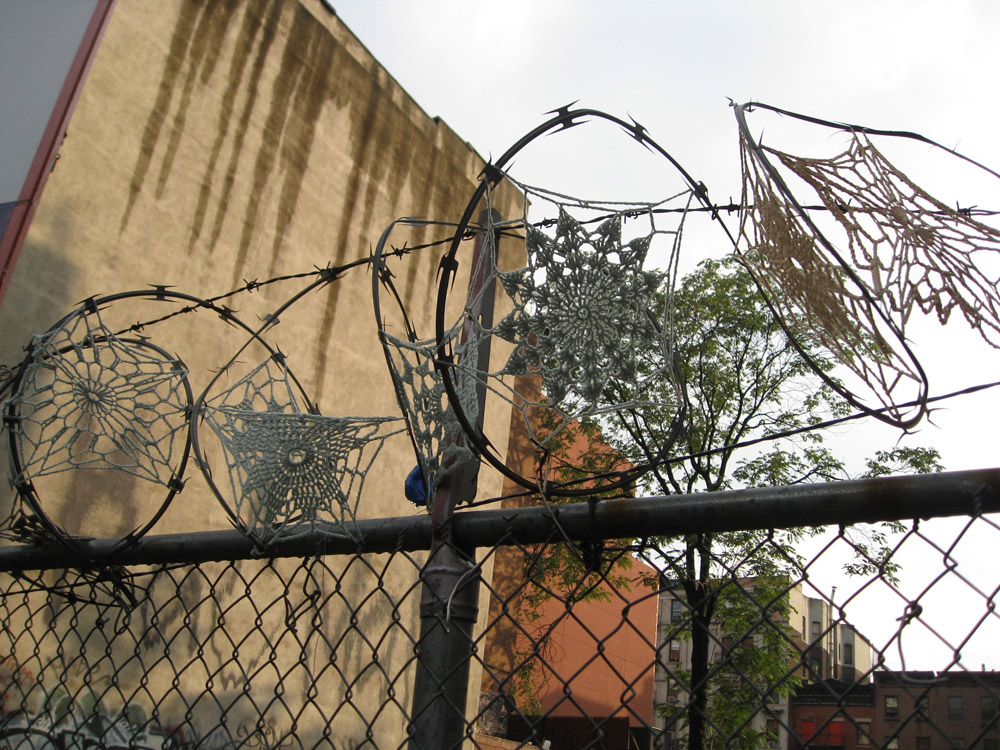
Azione! InterventiSpontanei per il Bene Comune
Padiglione degli Stati Uniti
alla 13° Mostra Internazionale di Architettura – la Biennale di Venezia
Il Padiglione degli Stati Uniti alla 13° Mostra Internazionale di Architettura – la Biennale di Venezia, organizzato dall’Institute for Urban Design per conto del Dipartimento dell’Ufficio di Stato degli Affari Educativi e Culturali, è dedicato al tema Azione! InterventiSpontanei per il Bene Comune. La mostra presenta 124 progetti urbanistici intrapresi da architetti, designer, progettisti, artisti e cittadini per apportare cambiamenti positivi nei propri quartieri e città. La selezione è frutto sia di un’attenta ricerca sia di un invito aperto a progetti realizzati negli Stati Uniti negli ultimi anni e che ha prodotto oltre 450 proposte.
InterventiSpontanei coglie una delle tendenze urbane contemporanee più interessanti, ove gli individui si assumono la responsabilità di creare progetti che amplino servizi, comfort, funzionalità, inclusione, sicurezza e sostenibilità nelle proprie città. Dai parklets alle comunità agricole, dalle piste ciclabili abusive alle squadre di integrazione urbana, dai salotti all’aperto ai mercati temporanei, dalle reti di condivisione alle architetture provvisorie, InterventiSpontanei evidenzia una serie di valide possibilità a disposizione del cittadino rispetto ai tradizionali approcci top-down di rivitalizzazione urbana. Nel loro insieme, questi progetti offrono l’opportunità di valutare la storia della città americana, fornendo sia un ritratto critico e dinamico dei suoi più impellenti problemi, sia una visione per il suo futuro. InterventiSpontanei è, in definitiva, una riflessione sui complessi comportamenti del paese verso la partecipazione civile, la giustizia sociale e l’ambiente costruito.
InterventiSpontanei—curato da Cathy Lang Ho (Responsabile e Curatrice), David van der Leer, e Ned Cramer (co-curatori)—è sotto molteplici aspetti in sintonia con il tema generale della Biennale, ideato dal direttore David Chipperfield, Common Ground. I progetti presenti in InterventiSpontanei sono caratterizzati da un interesse verso la collaborazione per la soluzione dei bisogni collettivi di una comunità, per migliorare più propriamente il terreno comune, lo spazio pubblico. La mostra indaga come azioni urbane nate come idee radicali si siano poi spostate sempre più al centro, trasformandosi da tattica sovversiva ad una strategia urbana condivisa.
Consulenti curatoriali: Michael Sorkin, Anne Guiney, Paola Antonelli, Zoe Ryan, and Erik Adigard. Project manager: Gordon Douglas and Mimi Zeiger.
CONTENUTI DELLA MOSTRA
Per la prima volta il Padiglione degli Stati Uniti ospita un’installazione e non una tradizionale rassegna di progetti. Lo studio di design di Brooklyn Freecell, fondato da Lauren Crahan e John Hartmann, ha ideato un sistema di banner semoventi per presentare un insieme di 124 possibili strategie per portare immediati miglioramenti allo spazio pubblico urbano.
Lo studio di design M-A-D con sede a Sausalito, guidato da Erik Adigard e Patricia Mc- Shane, ha ideato un sistema grafico per ogni progetto che richiama l’iconografia di bandiere cittadine e un disegno grafico a pavimento che è di per sé un’installazione. L’obiettivo era quello di creare un ambiente avvolgente che ponesse i progetti di InterventiSpontanei in un più vasto contesto storico e contemporaneo delle città americane.In un’installazione video del regista Kelly Loudenberg, uno spaccato della mostra, i partecipanti condividono le loro speranze, sogni e preoccupazioni per il futuro delle città americane. In aggiunta al fatto che questo è l’anno delle elezioni americane, ai partecipanti è stato chiesto di immaginare di concorrere per le stesse o dare consigli ai propri rappresentanti.
Lo studio Interboro di Brooklyn, vincitore lo scorso anno del Young Architects Program del MoMA/PS1, ha progettato un “salotto all’aperto”, che servirà come luogo di ritrovo del Padiglione e come spazio per i workshop.
Lo spazio, chiamato Commonplace, sarà caratterizzato da componenti mobili che possono essere facilmente riconfigurati per ospitare diverse funzioni (conversazioni informali, conferenze, workshop e spazi per il gioco). Durante i tre mesi della Biennale, il Padiglione ospiterà un’intensa serie di programmi. (Per i dettagli consultare l’apposito comunicato sul programma).
Il progetto Imagination Playground, ideato dallo studio di New York Rockwell e presentato in InterventiSpontanei, comparirà anche in A Better World, un evento collaterale della Biennale organizzato da Microclima e Alfred von Escher/Studio427 presso la Serra dei Giardini, un caffè, asilo-giardino, e spazio per la comunità gestito dalla cooperativa Nonsoloverde. A Better World si articola in un’installazione e una serie di incontri, mostre, e workshop curati da Raffaella Guidobono con Michela Intra e Paolo Rossa. Il Rockwell Group donerà l’installazione alla Serra dei Giardini per la fruizione da parte della comunità.
—-
Institute for Urban Design
Dal 1979, l’Institute for Urban Design di New York funziona come tribuna di dibattito tra architetti, progettisti, politici, promotori immobiliari, docenti universitari, giornalisti e urbanisti. L’Istituto—diretto da Anne Guiney—opera come un think tank e gruppo di pressione, basandosi sulle esperienze raccolte e sulla conoscenza dei suoi numerosi membri per portare all’attenzione pubblica questioni importanti attraverso conferenze, eventi e pubblicazioni.
Rappresentanza degli Stati Uniti alla Biennale di Venezia
Il Dipartimento dell’Ufficio di Stato degli Affari Educativi e Culturali sostiene e gestisce la partecipazione degli Stati Uniti alla Biennale di Architettura 2012. La scelta dell’Institute for Urban Design è avvenuta a seguito di un concorso aperto e del parere favorevole Federal Advisory Committee on International Exhibitions (FACIE), interpellato dal National Endowment for the Arts. La rappresentanza degli Stati Uniti a questo evento mondiale assicura che l’eccellenza, la vitalità, la diversità e l’innovazione architettonica negli Stati Uniti siano effettivamente esibite all’estero, e offre l’opportunità di coinvolgere il pubblico straniero per promuovere la comprensione reciproca.
Media Partner
La rivista Architect è il media partner ufficiale del Padiglione degli Stati Uniti. Il numero di agosto della rivista Architect sarà uno speciale numero monografico dedicato a Spontaneous Interventions, con saggi di Tom Angotti, Douglas Burnham, John Cary, Brendan Crain, Margaret Crawford, Gordon Douglas, Toni Griffin, Cathy Lang Ho, Richard Ingersoll, Liane Lefaivre, Jason Roberts, Grahame Shane, Mark Shepard, Michael Sorkin, Nato Thompson, David van der Leer, e Mimi Zeiger.
Position the cursor on the images to view captions, click on images to enlarge them.
Posizionare il cursore sulle immagini per leggere le didascalie; cliccare sulle immagini per ingrandirle.

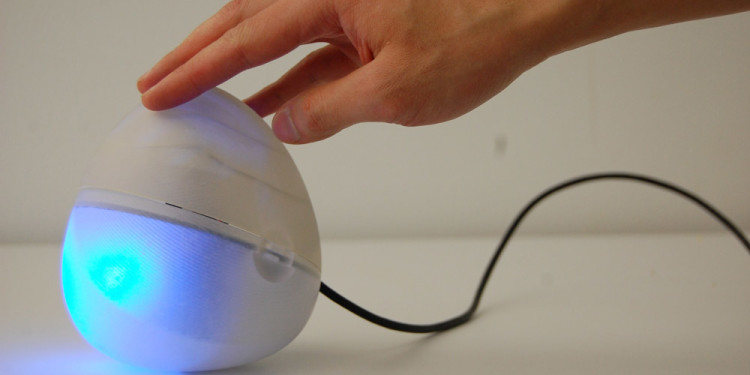
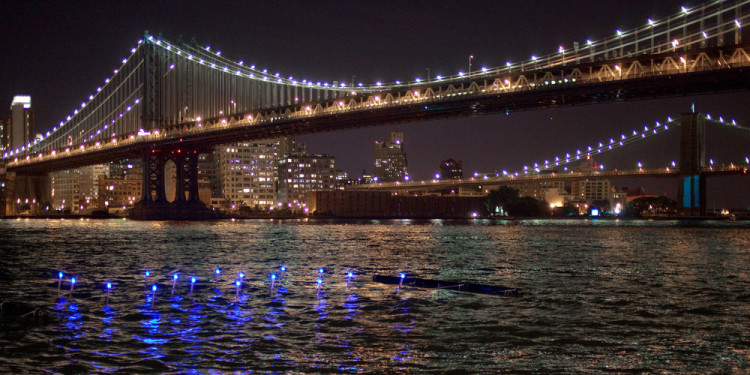
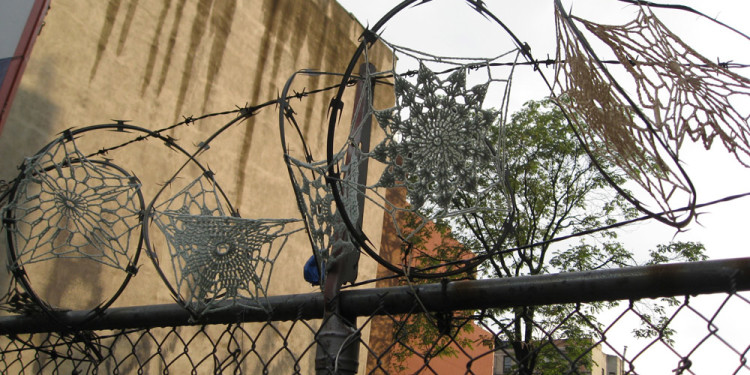
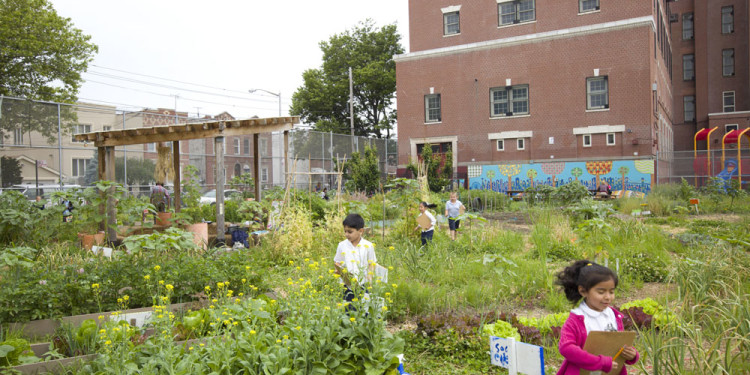
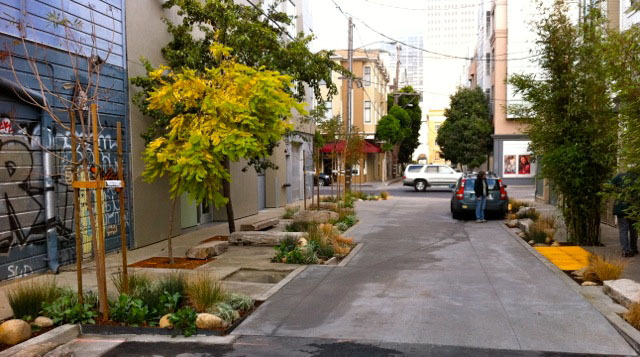
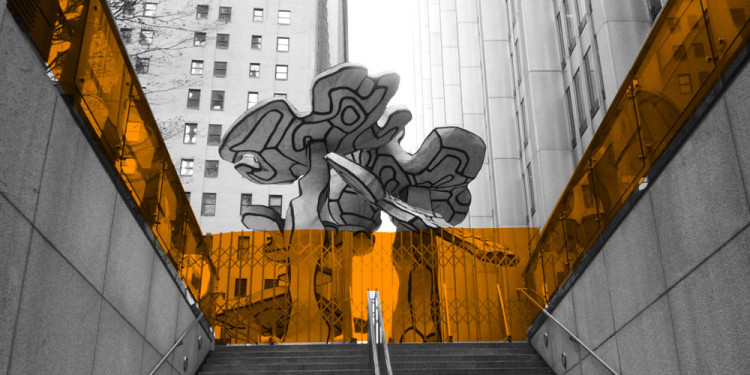
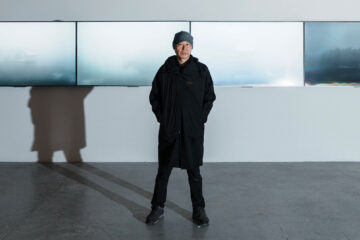
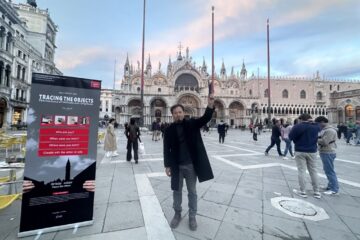

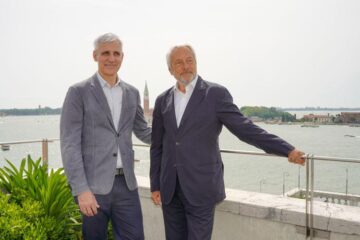

No Comment